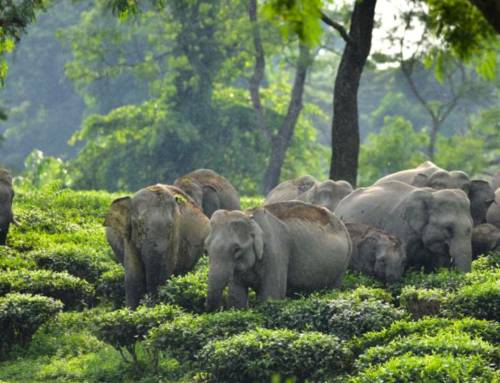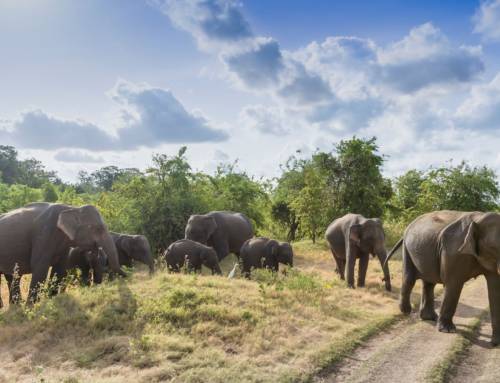Research Article:
Kumar R., Shahabuddin G., Kumar A. 2014. Habitat determinants of woodpecker abundance and species richness in sub-Himalayan dipterocarp forests of north-west India. Acta Ornithol. 49: 243–256.
Blog Author: Kavya Pandey
Key Highlights:
- Uttarakhand, located in the sub-Himalayan region of northwest India, is characterized by tropical moist deciduous forests that host rich biodiversity, creating a favorable environment for woodpeckers to flourish.
- Scientists selected eight study sites in the Corbett-Ramanagar region of the State, encompassing a variety of habitats, from unmanaged sal forests to teak plantations.
- Setting up transects spanning 2 km long paths, the researchers surveyed the sites 20 times over both the breeding and non-breeding seasons
- The study revealed that the unmanaged forests had higher woodpecker abundance and species richness, especially during the breeding season.
- Large trees and standing dead wood were found crucial for woodpecker communities.
- The study highlights the need to understand land use changes and forest management impacts on woodpecker populations for effective conservation.
The lush forests of Asia are teeming with a diverse array of woodpecker species, yet little is known about how these birds interact with their changing habitats. In the sub-Himalayan region of Uttarakhand, where tropical moist deciduous forests dominate the landscape, woodpeckers thrive amidst a backdrop of rich biodiversity. However, with increasing land use changes and forest management practices, the need to understand the ecological impacts on woodpeckers has become paramount.
To understand the mysteries of woodpecker populations in this unique ecosystem, researchers embarked on a comprehensive study. They carefully selected 8 study sites representing a gradient of forest structure and composition, ranging from unmanaged sal forests to teak plantations. Setting up transects spanning 2 km long paths, the researchers surveyed the sites 20 times over both the breeding and non-breeding seasons. By observing woodpecker abundance and species richness and documenting habitat characteristics such as tree density, tree diameter, and termitarium density, the researchers aimed to uncover the key factors influencing woodpecker communities in the region.
The findings of the study revealed intriguing insights into the world of woodpeckers in the Sub-Himalayan forests. It was discovered that unmanaged forest stands harbored a higher abundance and species richness of woodpeckers compared to managed forests. This difference was particularly pronounced during the breeding season, emphasizing the importance of preserving undisturbed habitats for these avian inhabitants. By analyzing the data collected, the researchers identified specific habitat features that played a crucial role in shaping woodpecker communities, highlighting the significance of large trees and standing dead wood for the conservation of native woodpecker populations.
In conclusion, this study sheds light on the intricate relationship between woodpeckers and their habitat in the Sub-Himalayan Dipterocarp forests of North-West India. By understanding the factors that influence woodpecker abundance and species richness, we can work towards implementing effective conservation strategies to safeguard these charismatic birds and the biodiversity of the region. So, the next time you find yourself wandering through the woods, listen closely for the drumming of woodpeckers – a reminder of the delicate balance between nature and its feathered residents.
To access the original article, click here.
Keywords: Bird Communities, Forest Management, Picidae, Seasonality, Shorea robusta, Sub-Himalayas, Vegetation Structure, Selective Logging






